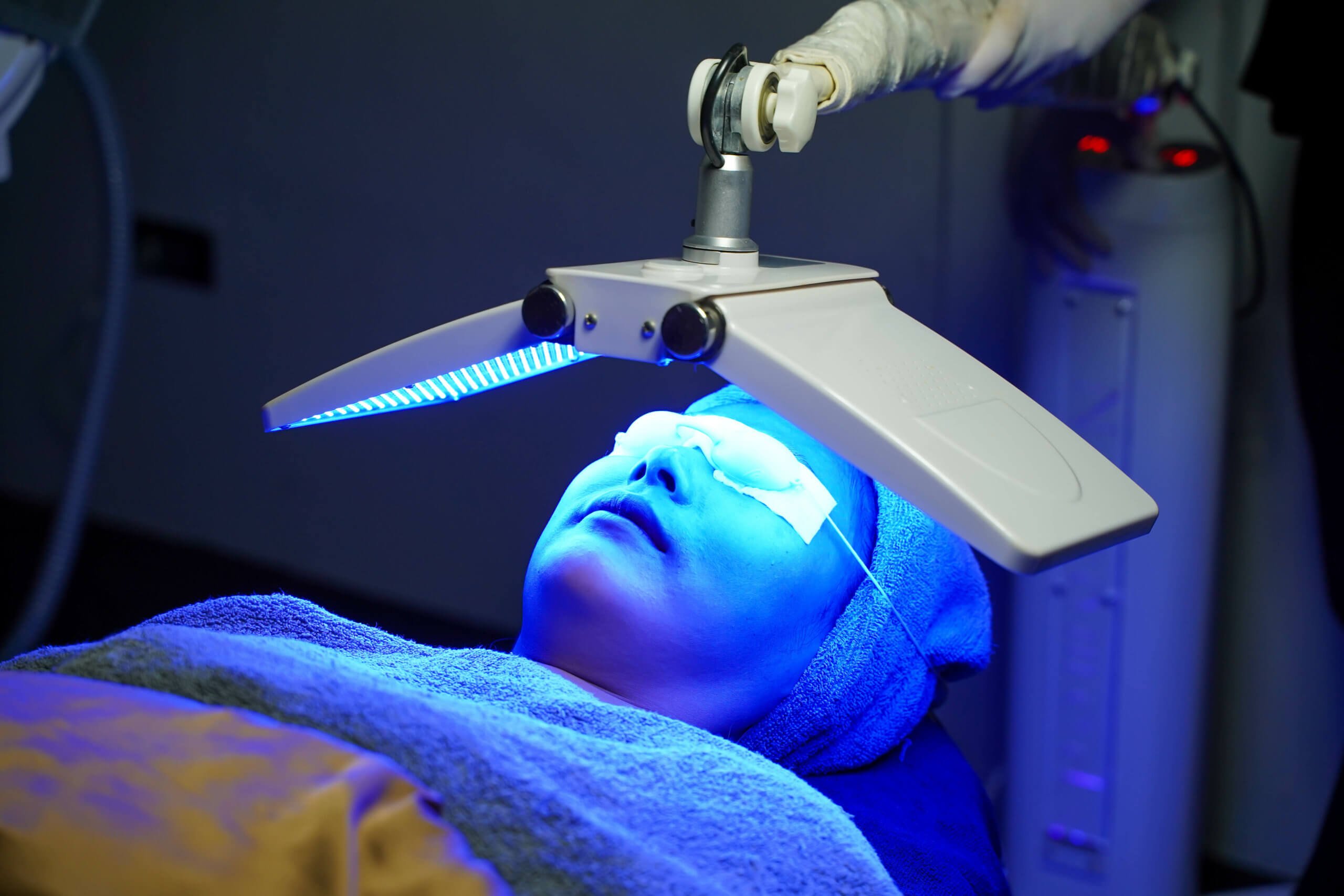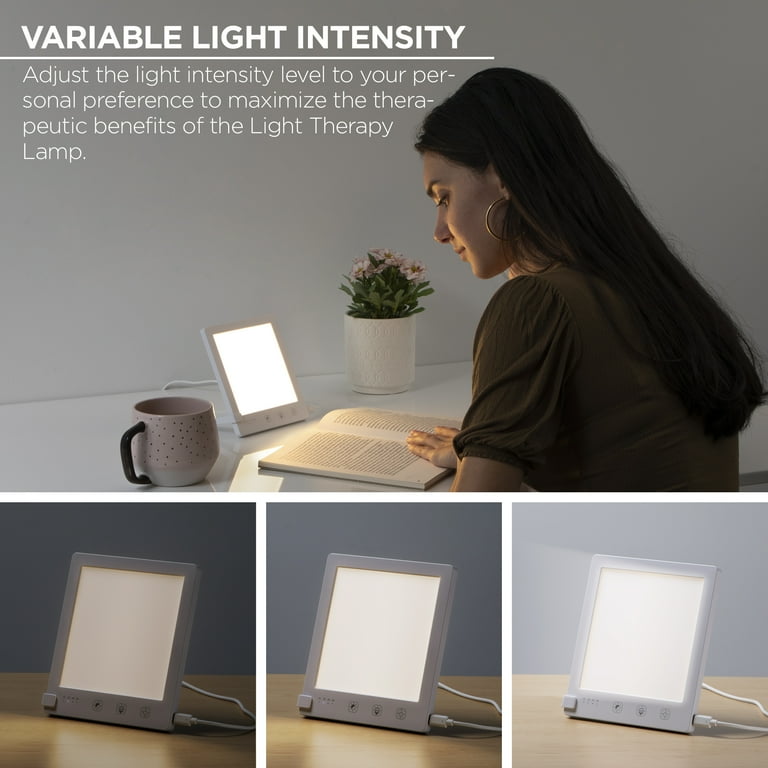Photobiomodulation Therapy: A Sign of Expect Persistent Conditions
Wiki Article
Checking Out the Efficacy of Photobiomodulation Treatment in Mental Health
Have you ever asked yourself if there is a new, cutting-edge therapy that could potentially reinvent the area of mental health and wellness? Well, look no more! In this expedition, we look into the world of photobiomodulation treatment and its efficiency in treating psychological health and wellness disorders. This innovative treatment, typically described as PBM, uses specific wavelengths of light to boost cellular task and promote healing. While initially created for cells repair service, current research studies have highlighted its potential benefits in psychological wellness, particularly in taking care of clinical depression and stress and anxiety conditions. By clarifying this arising area, we intend to discover the promising ramifications of photobiomodulation treatment and its potential to transform the method we approach mental health and wellness therapy.The Scientific Research Behind Photobiomodulation Therapy
To understand the performance of photobiomodulation treatment in psychological wellness, it is essential to explore the underlying clinical principles that drive this innovative treatment strategy. Photobiomodulation therapy, additionally referred to as low-level light treatment, involves the use of details wavelengths of light to promote cellular feature and advertise healing in the body. This treatment works by targeting the mitochondria, which are the giants of our cells. When exposed to details wavelengths of light, the mitochondria produce even more adenosine triphosphate (ATP), which is important for power production and mobile metabolic rate.In addition, photobiomodulation treatment has been found to have neuroprotective results. It can boost the production of neurotrophic factors, such as brain-derived neurotrophic factor (BDNF), which advertise the growth and survival of nerve cells. This excitement of neurotrophic elements can assist regenerate and fix damaged neurons, potentially leading to enhanced cognitive function and psychological health and wellness outcomes.
Moreover, photobiomodulation treatment has actually been revealed to lower inflammation in the brain. By regulating the inflammatory response, it can minimize the harmful impacts of neuroinflammation, which has actually been implicated in the advancement of various psychological wellness conditions. Furthermore, this therapy can improve blood flow and oxygenation in the brain, enhancing overall brain feature.
Possible Benefits of Photobiomodulation Treatment
Currently let's delve into the potential benefits that photobiomodulation therapy supplies in enhancing mental wellness. Photobiomodulation treatment, additionally called low-level light therapy, has shown pledge in dealing with numerous mental health and wellness conditions. Among the major benefits of this treatment is its capacity to minimize symptoms of depression and anxiousness. Researches have discovered that direct exposure to specific wavelengths of light can promote the production of serotonin and dopamine, neurotransmitters that play an important duty in controling mood. By increasing the levels of these neurotransmitters, photobiomodulation therapy can help ease signs and symptoms of depression and anxiousness.Research has revealed that photobiomodulation treatment can improve mind function by raising blood flow and oxygenation in the brain. In addition, photobiomodulation treatment has been revealed to have neuroprotective impacts, meaning it can help repair and protect harmed brain cells.

Photobiomodulation Treatment and Depression
One significant advantage of photobiomodulation therapy is its ability to dramatically minimize symptoms of anxiety (photobiomodulation laser). Anxiety is a typical psychological wellness condition identified by persistent sensations of sadness, loss of rate of interest or enjoyment in day-to-day tasks, and modifications in appetite and rest patterns. Standard treatment alternatives for anxiety consist of drug and psychotherapy, but photobiomodulation therapy provides an appealing alternative
Photobiomodulation therapy includes making use of low-level light treatment to stimulate mobile function and promote healing. The therapy functions by raising blood circulation and oxygenation to the brain, which can boost state of mind and reduce depressive symptoms. Study studies have actually revealed that photobiomodulation treatment can properly reduce signs and symptoms of anxiety, consisting of low mood, exhaustion, and absence of motivation.
One research released in the read Journal of Affective Disorders discovered that participants that obtained photobiomodulation treatment experienced a considerable reduction in depressive signs and symptoms compared to those who received a sugar pill treatment. One more research study published in the Journal of Scientific Psychiatry showed that photobiomodulation therapy worked in reducing symptoms of depression in people with treatment-resistant depression.
Photobiomodulation Treatment and Anxiety Conditions
There are a number of methods which photobiomodulation treatment can properly minimize signs and symptoms of anxiousness conditions. One method is by reducing the activity of the amygdala, which is the part of the brain in charge of refining fear and anxiousness. Study has actually revealed that photobiomodulation treatment can modulate the activity of the amygdala, leading to a reduction in anxiety signs and symptoms. In addition, this treatment can additionally boost the manufacturing of natural chemicals such as serotonin and gamma-aminobutyric acid (GABA), which are known to play a role in controling state of mind and anxiety. By boosting the levels of these neurotransmitters, photobiomodulation therapy can assist to balance the brain chemistry and ease anxiousness symptoms. This therapy has actually been located to enhance rest top quality, which is typically interfered with in individuals with anxiety conditions. By advertising much better rest, photobiomodulation therapy can even more reduce stress and anxiety signs and enhance total health. In general, using photobiomodulation therapy in the therapy of stress and anxiety conditions reveals promising results in alleviating signs and enhancing the quality of life for individuals having a hard time with anxiousness.Future Research and Effects
To even more explore the efficacy of photobiomodulation treatment in psychological health, future research study ought to concentrate on its long-term effects and possible applications in numerous psychological conditions. While the existing proof suggests appealing lead to minimizing symptoms of anxiousness, depression, and cognitive decline, it is essential to investigate the continual advantages of this therapy over an extended period. Lasting researches can aid determine whether the positive results linger beyond the treatment period and whether see this page the therapy can protect against relapse or reappearance of symptoms.Furthermore, future research study ought to intend to analyze the possible applications of photobiomodulation therapy in other psychiatric disorders such as schizophrenia, bipolar disorder, and post-traumatic stress disorder. Investigating the efficiency of this therapy in varied mental health conditions would offer an extra detailed understanding of its therapeutic possibility and expand its medical energy.
Additionally, it would be useful to explore the ideal treatment parameters for photobiomodulation treatment. pbm light therapy. This includes establishing the appropriate dose of light, the duration and regularity of sessions, and the most effective wavelengths for various psychological health conditions. Comprehending these parameters would certainly aid optimize the healing end results and make sure standardized procedures for scientific method

Verdict
Finally, photobiomodulation therapy reveals promise as a potential treatment for mental health and wellness problems such as clinical depression and anxiety. The scientific research behind this treatment suggests that it can efficiently modulate brain activity and promote neuroplasticity. While even more research is needed to completely recognize its efficacy, the prospective advantages it provides make it an exciting area of investigation for future mental health and wellness check these guys out therapies.Photobiomodulation treatment, likewise known as low-level light treatment, entails the use of specific wavelengths of light to boost cellular function and advertise healing in the body. Photobiomodulation treatment, also known as low-level light treatment, has revealed pledge in treating numerous mental health and wellness conditions.Photobiomodulation therapy entails the use of low-level light treatment to boost mobile feature and advertise healing.To further explore the efficacy of photobiomodulation therapy in mental health, future research study needs to concentrate on its lasting impacts and prospective applications in different psychological conditions.In conclusion, photobiomodulation treatment reveals guarantee as a possible treatment for psychological health disorders such as anxiety and anxiousness.
Report this wiki page